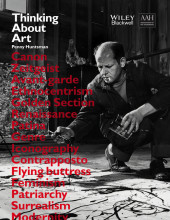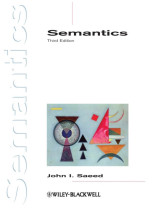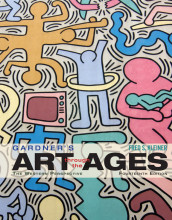Social and Historical Contexts - Seventeenth Century: Baroque Rome and the Catholic Counter-Reformation
8 important questions on Social and Historical Contexts - Seventeenth Century: Baroque Rome and the Catholic Counter-Reformation
When and where did secular commissions start to become more popular?
What was the reason for the growing popularity of secular works outside Italy?
What truly marked the start of the Baroque in southern Europe?
- Higher grades + faster learning
- Never study anything twice
- 100% sure, 100% understanding
Which rules were created by the Council of Trent regarding the new propagandistic Baroque art?
2. The artists should stick to the Scriptures in a precise way.
3. The 'emotional stimulus to piety' meant that the faithful were supposed to have an emotional response upon seeing these artworks.
Which great artists were employed by the Catholic Church to support the Counter-Reformation?
2. Gian Lorenzo Bernini, a sculptor known for his 'heavenly' looking sculptures.
How did Baroque painters attempt to persuade viewers of the strength of the Catholic Church?
How did Baroque sculptors attempt to persuade viewers of the strength of the Catholic Church?
How did Baroque architects attempt to persuade viewers of the strength of the Catholic Church?
The question on the page originate from the summary of the following study material:
- A unique study and practice tool
- Never study anything twice again
- Get the grades you hope for
- 100% sure, 100% understanding
































